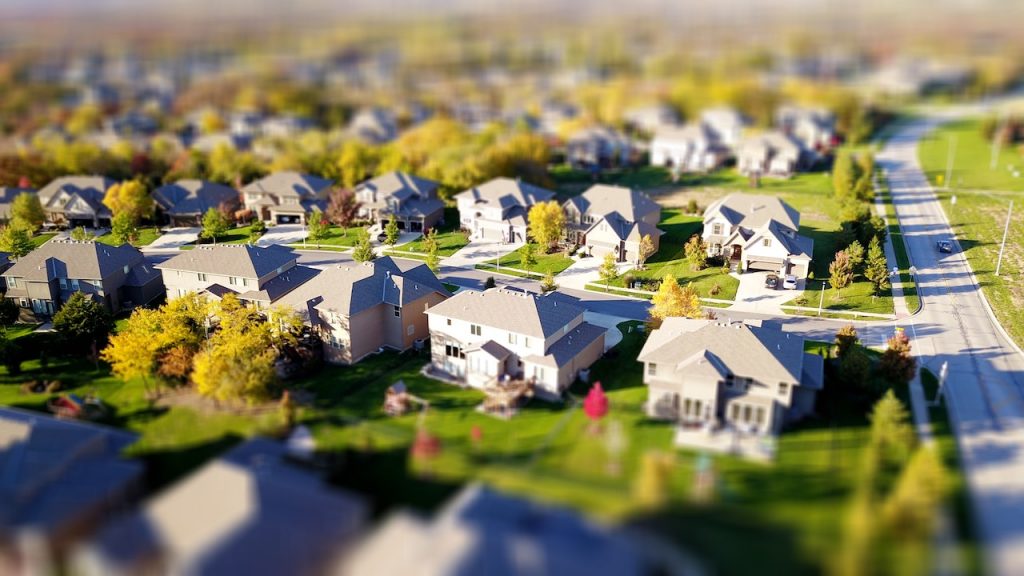
GUEST POST from Art Inteligencia
As the world becomes increasingly interconnected and complex, understanding the future of the global economy is of paramount importance. Businesses, governments, and individuals alike are constantly seeking ways to navigate the ever-changing economic landscape. In this article, we will explore the field of futures research and examine two case studies that highlight its significance in predicting and shaping the evolution of the global economy.
Futures research, also known as foresight or futurology, is a systematic approach that anticipates and analyzes potential future developments and their consequences. By employing various methodologies such as scenario planning, trend analysis, and simulation modeling, futures researchers aim to minimize uncertainty and inform decision-making for a wide range of stakeholders.
Case Study 1 – Green Energy
One prominent case study that illustrates the impact of futures research on the global economy is the rise of green energy. In the early 2000s, as concerns about climate change and the depletion of fossil fuel resources grew, some researchers and organizations began exploring alternative sources of energy. Through futures research, they identified the potential for renewable energy technologies, such as solar and wind power, to become cost-competitive with traditional energy sources.
By accurately predicting the decreasing costs and increasing efficiency of renewable energy technologies, futures researchers enabled governments and investors to allocate resources towards the development and deployment of these technologies. As a result, the global renewable energy industry experienced tremendous growth, contributing to the de-carbonization of economies worldwide and creating new opportunities for job creation and economic development.
Case Study 2 – Digital Economy
Another compelling case study that showcases the power of futures research is the evolution of the digital economy. In the 1990s, as the internet and digital technologies began to reshape various industries, futurists predicted the transformative impact they would have on the global economy. By identifying trends such as the rise of e-commerce, the sharing economy, and the proliferation of digital platforms, futurists helped business leaders and policymakers anticipate and adapt to the emerging digital landscape.
These insights enabled companies to invest in digital infrastructure, innovate new business models, and enhance their competitiveness in the global market. Governments, too, recognized the importance of fostering digital ecosystems and created regulatory frameworks that facilitated the growth of digital industries. Today, the digital economy is a dominant force, driving innovation and connectivity across the globe and significantly influencing economic growth.
Conclusion
In both case studies, futures research played a vital role in shaping the evolution of the global economy. By accurately anticipating future trends and developments, researchers and practitioners were able to inform strategic decisions, allocate resources effectively, and align their organizations with the changing economic landscape. Since uncertainty is inherent in any forecast, futures research provides a valuable tool to navigate uncertainty and plan for the future.
As we move forward, the importance of futures research will only continue to grow. Challenges such as climate change, automation, and geopolitical shifts require foresight and proactive planning. By investing in futures research, individuals, organizations, and governments can stay ahead of the curve, understand potential risks and opportunities, and ensure a sustainable and prosperous future for the global economy.
Bottom line: Futurists are not fortune tellers. They use a formal approach to achieve their outcomes, but a methodology and tools like those in FutureHacking™ can empower anyone to be their own futurist.
Image credit: Pixabay
 Sign up here to get Human-Centered Change & Innovation Weekly delivered to your inbox every week.
Sign up here to get Human-Centered Change & Innovation Weekly delivered to your inbox every week.


![]() Sign up here to get Human-Centered Change & Innovation Weekly delivered to your inbox every week.
Sign up here to get Human-Centered Change & Innovation Weekly delivered to your inbox every week.




